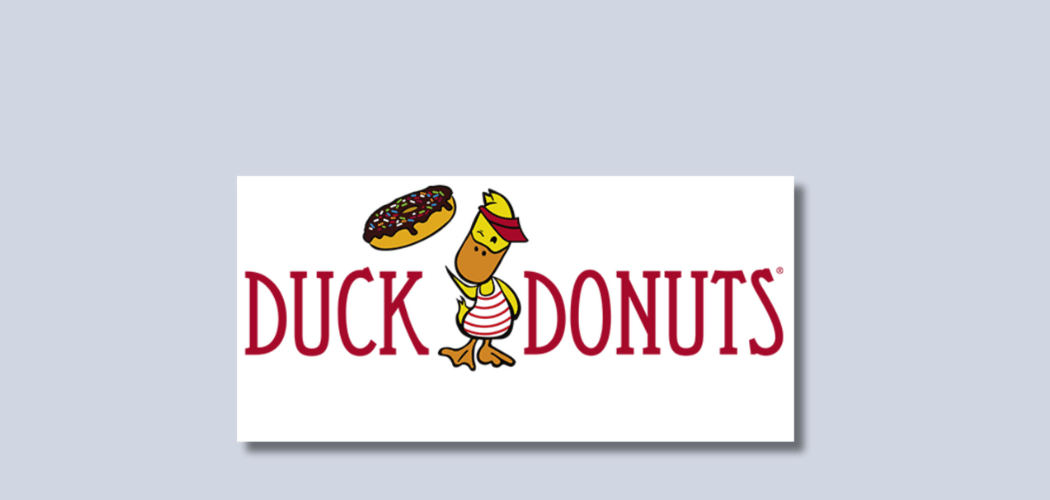Four ideas for better brand experiences
There are four key ways for marketers to gain the most advantage from customers' brand experiences, according to Drew Neisser, CEO for US-based brand marketing agency Renegade.
Neisser's guidelines include strategies not only for improving marketing processes but also for using technology to create a competitive advantage through ongoing customer dialogue.
Improving brand experiences The four main brand experience improvement ideas put forward by Renegade are:
- Embrace 'marketing as service' Because "marketing as service" means providing real value, prospects more readily turn into customers, and customers more readily turn into brand evangelists. When HSBC wanted to bring its position as "The world's local bank" to life in New York City, Renegade developed the HSBC BankCab. The iconic Checker Cab, wrapped in HSBC's well known red and white colours, drives around the streets of New York five days a week offering free rides to existing customers. Research has shown that customers who have used the BankCab recommend HSBC to at least 5 of their friends and are twice as likely to stay loyal to HSBC for years to come.
- Execute a real strategy, not just tactics In order to reach consumers most effectively, brand experiences must come from relevant strategic insights. Since the goal is customer engagement, the marketer must understand the customer thorough. At the AST Dew Tour, Panasonic understood the target customer's desire to get closer to the athletes. As a result, the company set up a free "camera loaner" programme that let fans zoom in and record the cool tricks that they saw during each day's competition. At the end of the day, consumers could take home a Panasonic SD card containing all of their favourite moments and memories. An online photo contest was also set up so that consumers could also share their favourite moments and engage with other like-minded people.
- Seamless integration of events and online experiences One essential function of a 'brand event' is to start a dialogue that can be continued online long after the event. Not only does this defer the high cost-per-touch of the event but it also extends the brand experience, usually leading to a long-term customer relationship. For the most impact, the event and the online experiences should be planned at the same time, with each supporting, promoting, and complementing the other.
- Measure twice, cut once The ultimate goal of the brand experience must be to cut through to the customer the first time around. To do this, metrics for success must be established in advance, and marketers need to set benchmarks via pre-event research to compare with post-event data. In addition to tracking event attendance, time with brand, perceptual changes, sell-in, and sell-through, consider adding metrics such as the Net Promoter Score (NPS) to the marketing armoury, to help measure word of mouth and changes in attitudes. At the same time, offline metrics should also be tracked and compared with online data such as unique visitors, time on the web site, pre- and post-visit NPS scores, and any other relevant e-commerce data that's available.
More Info:




